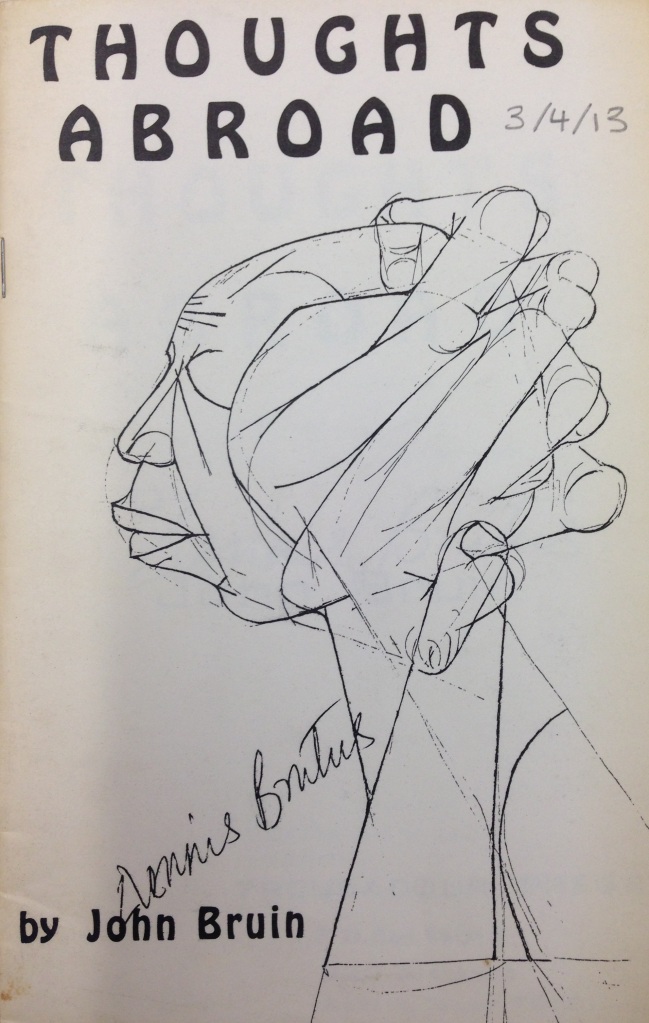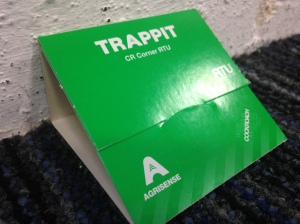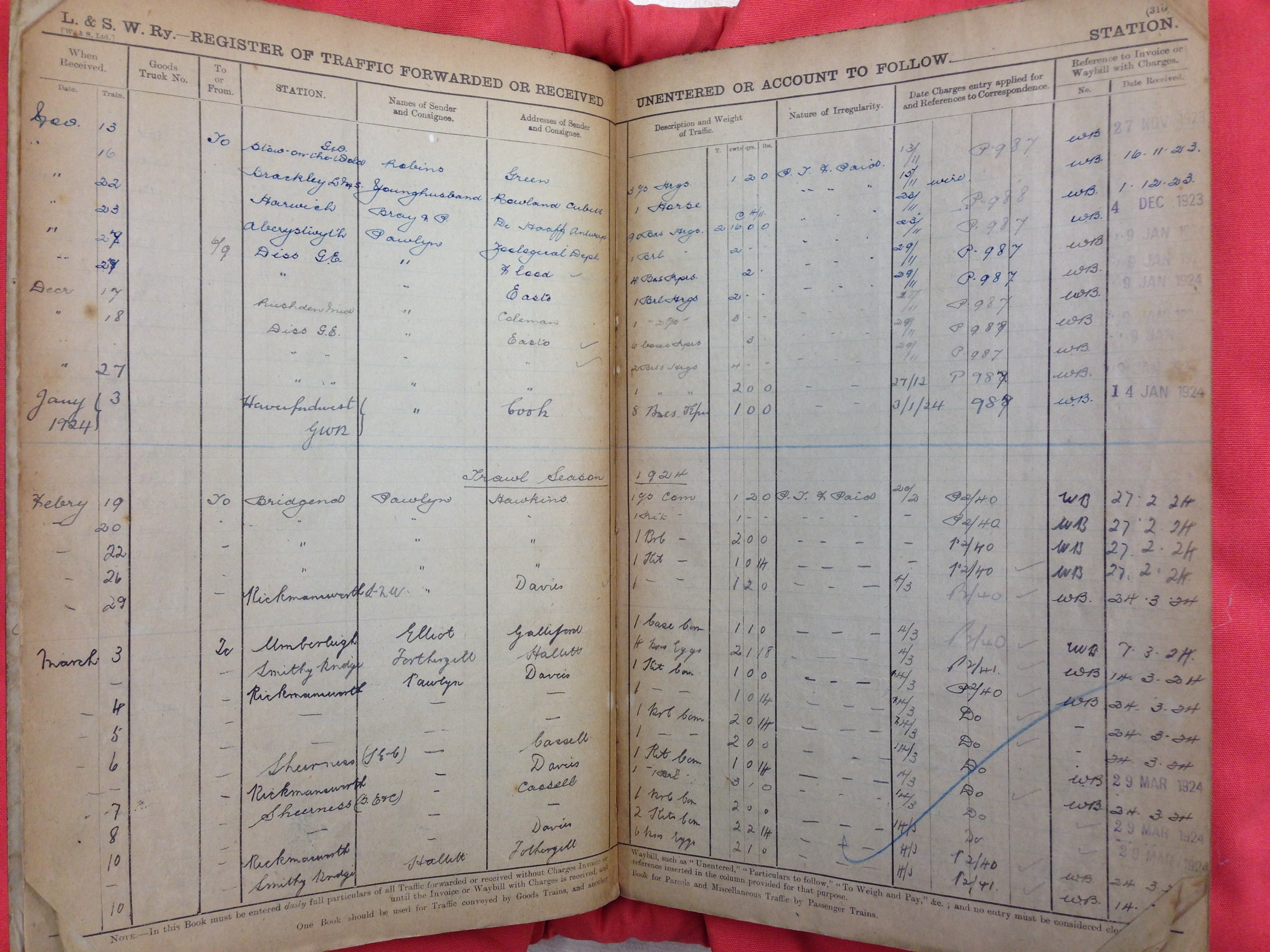Did you know that Special Collections at Brunel University is home to a wide range of both printed and archival collections and that anyone is welcome to explore them?

Why use Special Collections?
Delving into the sources in Special Collections can take your research (whether for an undergraduate essay or dissertation, to postgrad work) to the next level by making it more original, as well as helping you to develop your research skills. We also welcome members of the public doing research into their family history or personal interest topics.
Recent topics that have been researched using our collections include:
- London during the First World War
- Communists in England in the 1920s and 1930s
- Shopping habits and trends in the nineteenth and twentieth centuries
- Perceptions of fascism in the inter-war period
- Feminism under Thatcher
- Dominican nuns who lived in a convent designed by Gilbert Blount
- Literary cultures of Victorian railway workers
- Anti-apartheid movements in sport
We have also had novelists use our collections to find inspiration, to check whether their heroine’s railway journey was feasible (using the timetables in our Transport History Collection) and family historians to read their ancestor’s autobiography.

Find out more about our collections
Special Collections is home to a huge array of material that can support your research. You can explore them using our list of collections, or consulting our Special Collections guide, where we’ve highlighted collections of particular interest to English or History students. We also have topics guides covering the First World War, Second World War and Women’s History.
You can search our collections by subject or keywords – use the library catalogue for printed material and the archive catalogue for manuscripts.
Browse the Special Collections blog, you can use the tags to find posts on particular themes, such as the First World War or trains.
Check out our tweets and posts on Instagram.
Contact the Special Collections Librarian if you need help finding suitable material.
If you are looking for collections beyond Brunel you will find a list of resources on our guide.

Using Special Collections
Our collection are kept in closed access, so you will need to make an appointment to come and see them. If you haven’t used Special Collections or archival material before then there is a guide on our blog.




















